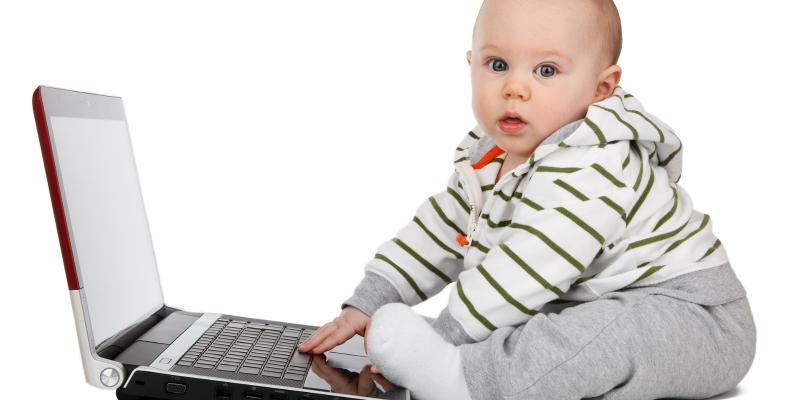As many as 90 percent of children in Poland have postural deformities, most often affecting the spine, knees and feet –as alerted by the Institute of Mother and Child. According to experts, insufficient physical activity among children and obesity are the main reasons for these.
“The most common postural deformities relate to irregularities in the construction and shape of the feet (such as flat feet), disorders of the axis of the limbs (knee varus and valgus), pathologies of the spine (e.g. scoliosis, round back) or deformation of the chest," Tomasz Poboży, an orthopedic surgeon in Medicover Hospital told.
Types of deformities
Feet and legs: Flat feet is characterised by flattening of the foot arches, usually caused by the weakness of the muscles keeping the arch.
Genu valgum is a deviation of the axis of the leg to the outside, and genu varum, or bow-leggedness, is axis deviation towards the body midline. With varus knees, we see increased distance between the knees with ankles joined together.
Back: Round back is caused by excessive bending towards the back at the thoracic spine; it is usually the effect of a habitually assumed posture but sometimes it may be due to abnormal growth of the vertebrae or adhesions forming between the vertebrae. Flat back is the result of smoothing out the physiological curvature of the spine.
Scoliosis is sometimes referred to as a lateral curvature of the spine although the deformation is more complex and results from abnormal spine twisting around its long axis.
Chest: Funnel chest (Pectus excavatum) is an excessive collapse of the anterior part of the chest (with the lower part of the sternum), pigeon chest (Pectus carinatum) – the opposite, a protrusion of the sternum.
What causes them?
The results of HBSC’s international research on the health of adolescents in Europe, which was performed in 2012, show a significant increase in the number of factors that lead to postural deformities. Obesity (according to the WHO, as many as 39 percent of 11-year-olds are overweight) and too much time spent in front of the computer or TV are the main problems.
As added by Dr. Poboży, the occurrence of postural deformations can also be linked to sleeping on uneven, sagging mattresses or repeatedly wearing a backpack on one shoulder. It can also result from wearing improper footwear.
“We do not have to always wear laced shoes with high, rigid heel counters, but when buying sports shoes it is worth asking which shoes are suitable for doing our favorite sport," the expert advises.
How to treat them?
The method of treatment of postural deformities depends on the cause and degree of distortion; extensive deformations may even require surgery.
“Deformations of the spine can be treated conservatively, with the use of appropriate exercise, and sometimes using orthopaedic corsets is recommended," says Dr. Poboży. He also points out that sometimes what seems to be positive can be harmful, e.g. a child with round back should not get straight excessively because the defect can develop into scoliosis.
The expert stresses that physical activity usually prevents the intensification of postural deformities. “For instance, swimming is advisable in the case of most of the deformations of the spine, particularly backstroke, as well as exercises strengthening the abdominal muscles. Also, I do not see any major contraindications to skating," he says.
In flat feet,it is usually sufficient to use appropriate footwear. Dr. Poboży stresses that a child learning to walk should have shoes with raised and stiffened heel counters and hard soles, preferably laced ones. Older children can do exercise such as walking on the edges of their feet, or rolling wipes with their toes. “It is also good to walk barefoot on natural ground - for example, sand or grass," he advises.









Comments (0)